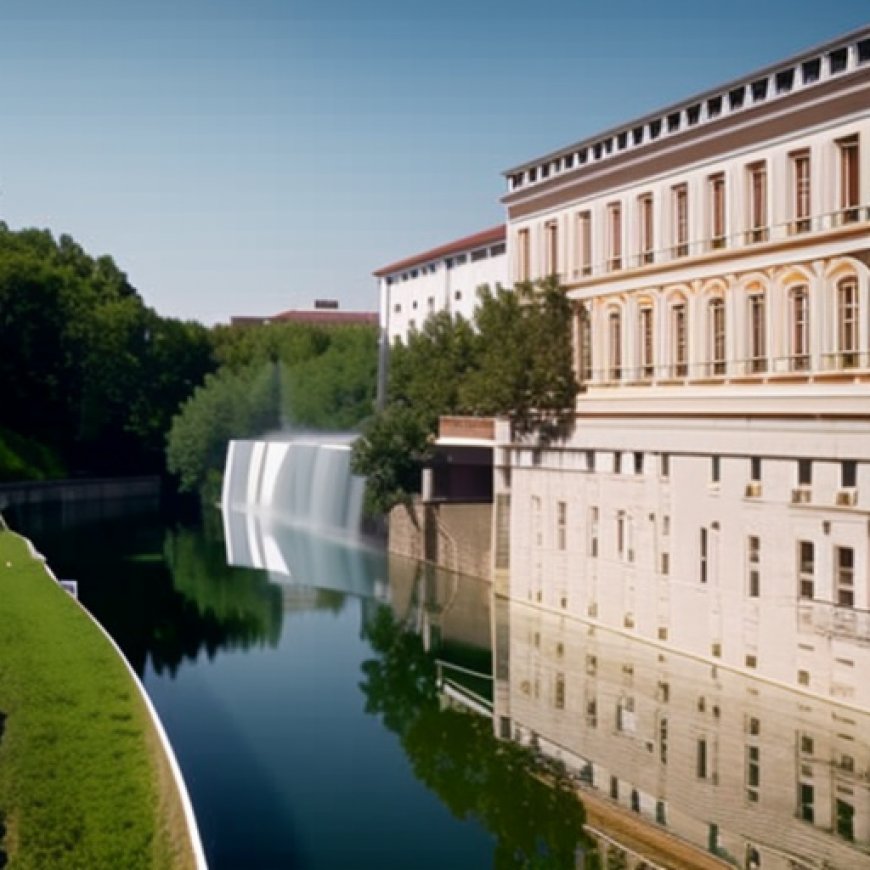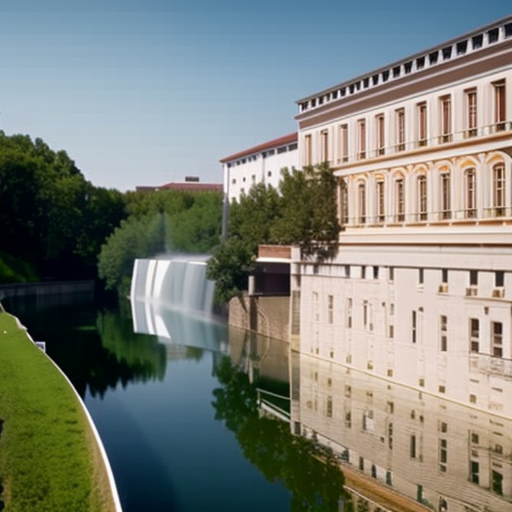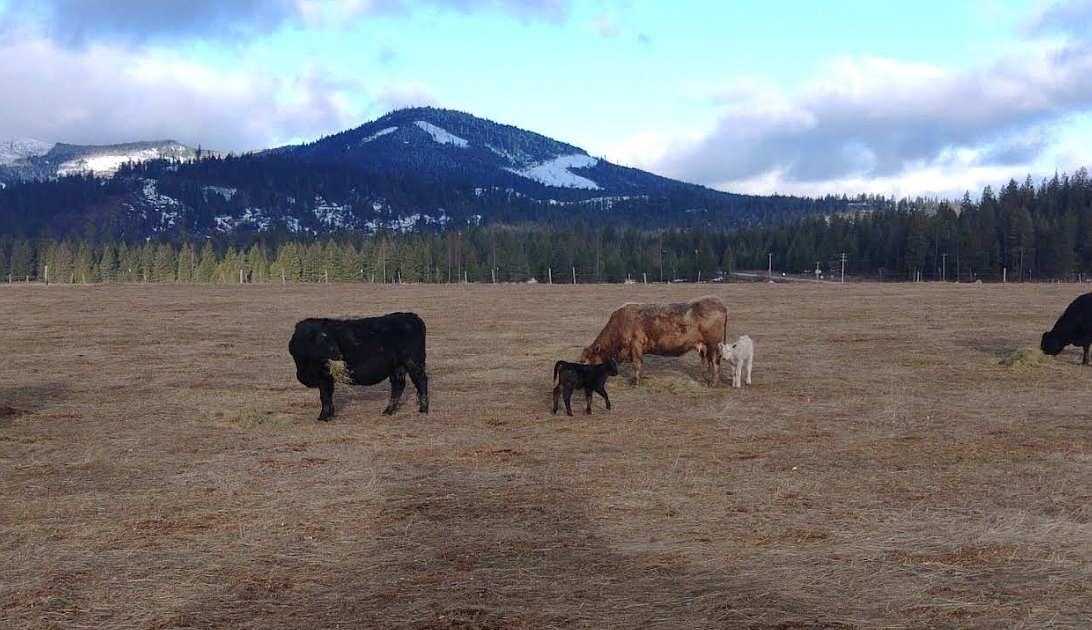Aquifer protection on symposium agenda
Aquifer protection on symposium agenda Coeur d'Alene Press


Working Lands and Open Space Symposium

A Free Symposium on Open Space
A free symposium on open space is coming up at the Kootenai County Fairgrounds. The Working Lands and Open Space Symposium on April 20 will address concerns regarding the preservation of agricultural and timber lands, open space, and protecting the Rathdrum Prairie Aquifer.
Sustainable Development Goals (SDGs)
- No Poverty
- Zero Hunger
- Good Health and Well-being
- Quality Education
- Clean Water and Sanitation
- Affordable and Clean Energy
- Decent Work and Economic Growth
- Industry, Innovation, and Infrastructure
- Reduced Inequalities
- Sustainable Cities and Communities
- Responsible Consumption and Production
- Climate Action
- Life Below Water
- Life on Land
- Peace, Justice, and Strong Institutions
- Partnerships for the Goals
Speakers and Participants
- Idaho Farm Bureau Federation
- American Farmland Trust
- U.S. Department of Agriculture Wildlife Services
- County Commissioners
- Elected Officials
- Elected Hopefuls
- General Public from Boundary, Bonner, Kootenai, Shoshone, and Benewah counties
“If you eat, you are involved in agriculture,” co-organizer Laurin Scarcello said April 2. Scarcello is the vice chair of the Idaho USDA Farm Service Administration that operates Kootenai and Benewah services out of Plummer, and he has served on the Kootenai County Aquifer Protection District board since 2011.
The symposium will serve as a venue to discuss the difficulties ranchers and agricultural producers face as North Idaho continues to lose open space to housing developments. The event aims to educate the public about the pressing issues agriculture faces, not the least of which is the amount of farmland lost to development.
Key Concerns
- Aquifer Protection
- Groundwater Protection
- Preservation of Farmland
“One of our primary concerns is aquifer protection and groundwater protection,” Scarcello said. “It’s as basic as keeping your topsoil in place to protect groundwater.”
Event Details
Doors open at 9:30 a.m. Coffee and pastries will be served. The event is sponsored by the Kootenai-Shoshone County Farm Bureau, as well as the Kootenai-Shoshone Soil and Water Conservation District. For more details, please contact Laurin Scarcello at 208-661-6090.
SDGs, Targets, and Indicators
1. Which SDGs are addressed or connected to the issues highlighted in the article?
- SDG 2: Zero Hunger
- SDG 6: Clean Water and Sanitation
- SDG 11: Sustainable Cities and Communities
- SDG 15: Life on Land
2. What specific targets under those SDGs can be identified based on the article’s content?
- SDG 2.4: By 2030, ensure sustainable food production systems and implement resilient agricultural practices that increase productivity and production, that help maintain ecosystems, that strengthen capacity for adaptation to climate change, extreme weather, drought, flooding, and other disasters, and that progressively improve land and soil quality.
- SDG 6.6: By 2020, protect and restore water-related ecosystems, including mountains, forests, wetlands, rivers, aquifers, and lakes.
- SDG 11.7: By 2030, provide universal access to safe, inclusive, and accessible, green and public spaces, particularly for women and children, older persons, and persons with disabilities.
- SDG 15.1: By 2020, ensure the conservation, restoration, and sustainable use of terrestrial and inland freshwater ecosystems and their services, in particular forests, wetlands, mountains, and drylands, in line with obligations under international agreements.
3. Are there any indicators mentioned or implied in the article that can be used to measure progress towards the identified targets?
- Indicator for SDG 2.4: Farmland lost to development
- Indicator for SDG 6.6: Status of groundwater protection and aquifer preservation
- Indicator for SDG 11.7: Increase in the availability and accessibility of open spaces
- Indicator for SDG 15.1: Conservation and restoration efforts for forests, wetlands, and other ecosystems
SDGs, Targets, and Indicators
| SDGs | Targets | Indicators |
|---|---|---|
| SDG 2: Zero Hunger | Target 2.4: By 2030, ensure sustainable food production systems and implement resilient agricultural practices that increase productivity and production, that help maintain ecosystems, that strengthen capacity for adaptation to climate change, extreme weather, drought, flooding, and other disasters, and that progressively improve land and soil quality. | Indicator: Farmland lost to development |
| SDG 6: Clean Water and Sanitation | Target 6.6: By 2020, protect and restore water-related ecosystems, including mountains, forests, wetlands, rivers, aquifers, and lakes. | Indicator: Status of groundwater protection and aquifer preservation |
| SDG 11: Sustainable Cities and Communities | Target 11.7: By 2030, provide universal access to safe, inclusive, and accessible, green and public spaces, particularly for women and children, older persons, and persons with disabilities. | Indicator: Increase in the availability and accessibility of open spaces |
| SDG 15: Life on Land | Target 15.1: By 2020, ensure the conservation, restoration, and sustainable use of terrestrial and inland freshwater ecosystems and their services, in particular forests, wetlands, mountains, and drylands, in line with obligations under international agreements. | Indicator: Conservation and restoration efforts for forests, wetlands, and other ecosystems |
Behold! This splendid article springs forth from the wellspring of knowledge, shaped by a wondrous proprietary AI technology that delved into a vast ocean of data, illuminating the path towards the Sustainable Development Goals. Remember that all rights are reserved by SDG Investors LLC, empowering us to champion progress together.
Source: cdapress.com

Join us, as fellow seekers of change, on a transformative journey at https://sdgtalks.ai/welcome, where you can become a member and actively contribute to shaping a brighter future.







